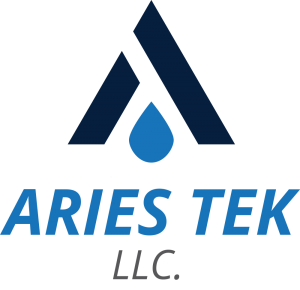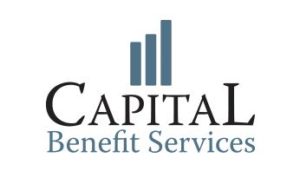In order to resume indoor dining, wineries must meet the following requirements:
LCB GUIDELINES
- Offer no less than three menu items meeting the food types as required under the Safe Start guidelines (such as sandwiches, salad, soup, pizza, hamburgers, fry orders, or substantial hors d’oeuvres/appetizers)
- Obtain any required food service permit/license from their local jurisdiction
- Foods may be fresh, processed, pre-cooked, commercially pre-packaged and ready to eat, or frozen
- No additional handling or preparation is required beyond what is allowed under a brewery, winery, distillery, or tavern licensee’s local food handling permit
- Wineries, breweries, distilleries, and taverns may purchase items from a caterer, licensed food preparation/packaging operation (restaurant) for resale. Food must be purchased in advance and may not be sold on consignment
- Regardless of the food provided, breweries, wineries, distilleries, and taverns may only sell alcohol that they are licensed by LCB to sell
- If a winery, brewery, distillery, or tavern wants to become a Beer/Wine (BW) Restaurant or a Spirits/Beer/Wine (SBW) Restaurant before, during, or after Phase 4, they must submit an application to LCB to convert their license type and must meet the food requirements set forth at WAC 314-02-010(14) (BW Restaurant) or WAC 314-02-035 (SBW Restaurant)
- These food service requirements are in addition to the COVID-19 restaurant guidance and restrictions, and are set forth in efforts to allow limited non-restaurant liquor license businesses an opportunity to operate with indoor service during Phase 2 and 3 of the governor’s proclamation. The intent is to allow limited operations mitigating the risk of COVID-19 infection spread, by avoiding social gatherings and primarily social drinking outlets
- These food service requirement will be in place until phase 4 reopening of businesses, and may be modified in response to governor and public health guideline changes
You can find the full industry guidance here: https://lcb.wa.gov/sites/default/files/publications/temp_links/Coronavirus-At-a-Glance-Update-8-20-2020.pdf
These guidelines do not require you to put in a kitchen or additional equipment, do not require the preparation of foods on-site, nor do they require that you obtain a beer/wine restaurant license. Additionally, customers are not required to purchase a food item.
 Member Login
Member Login



